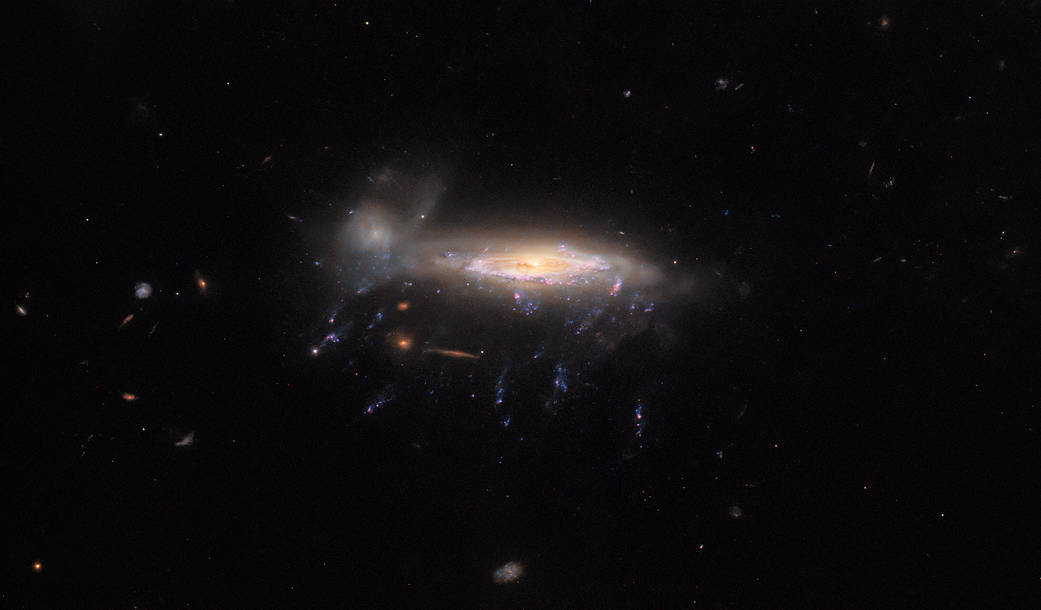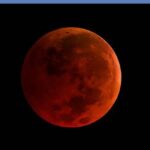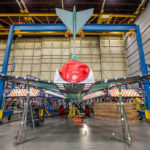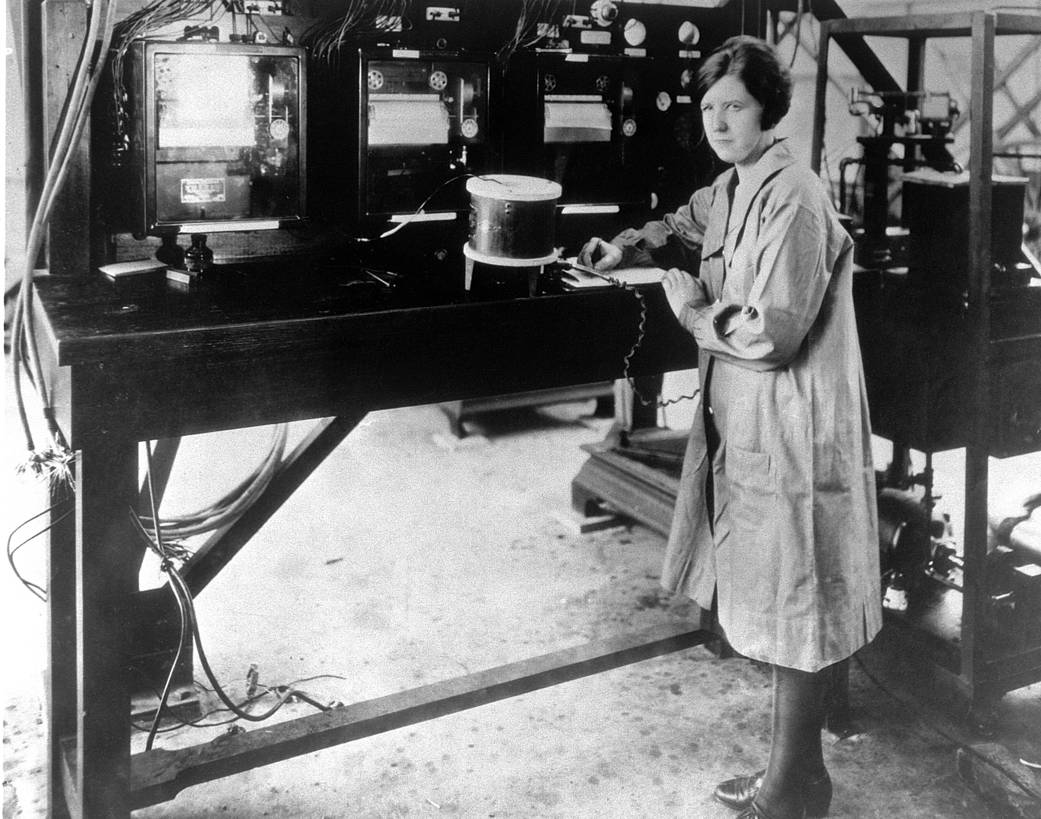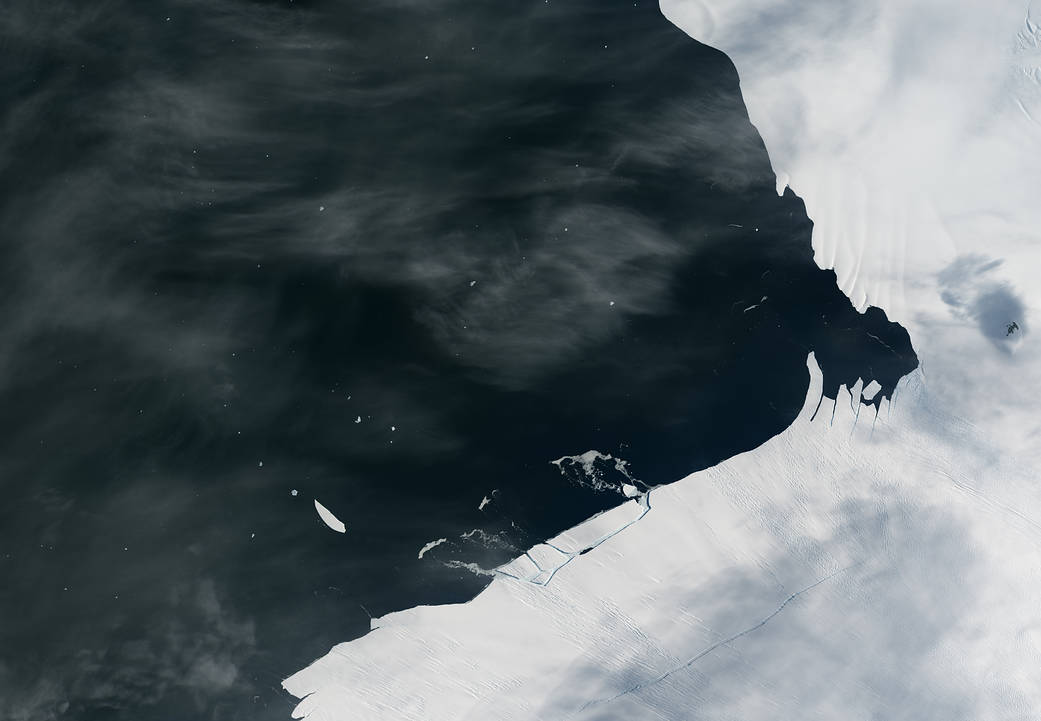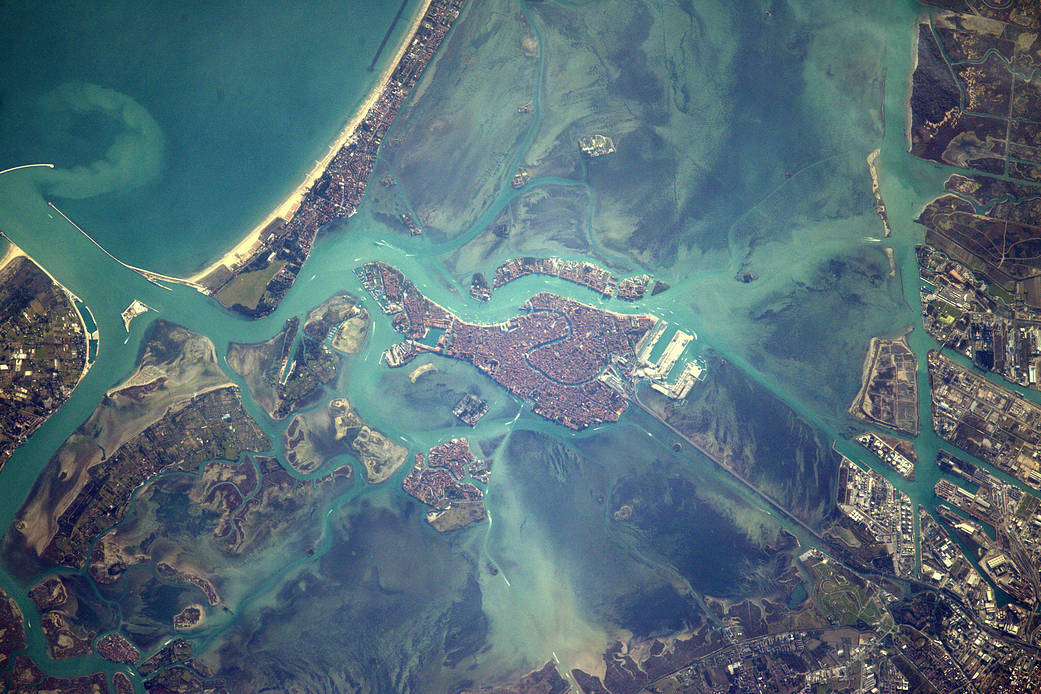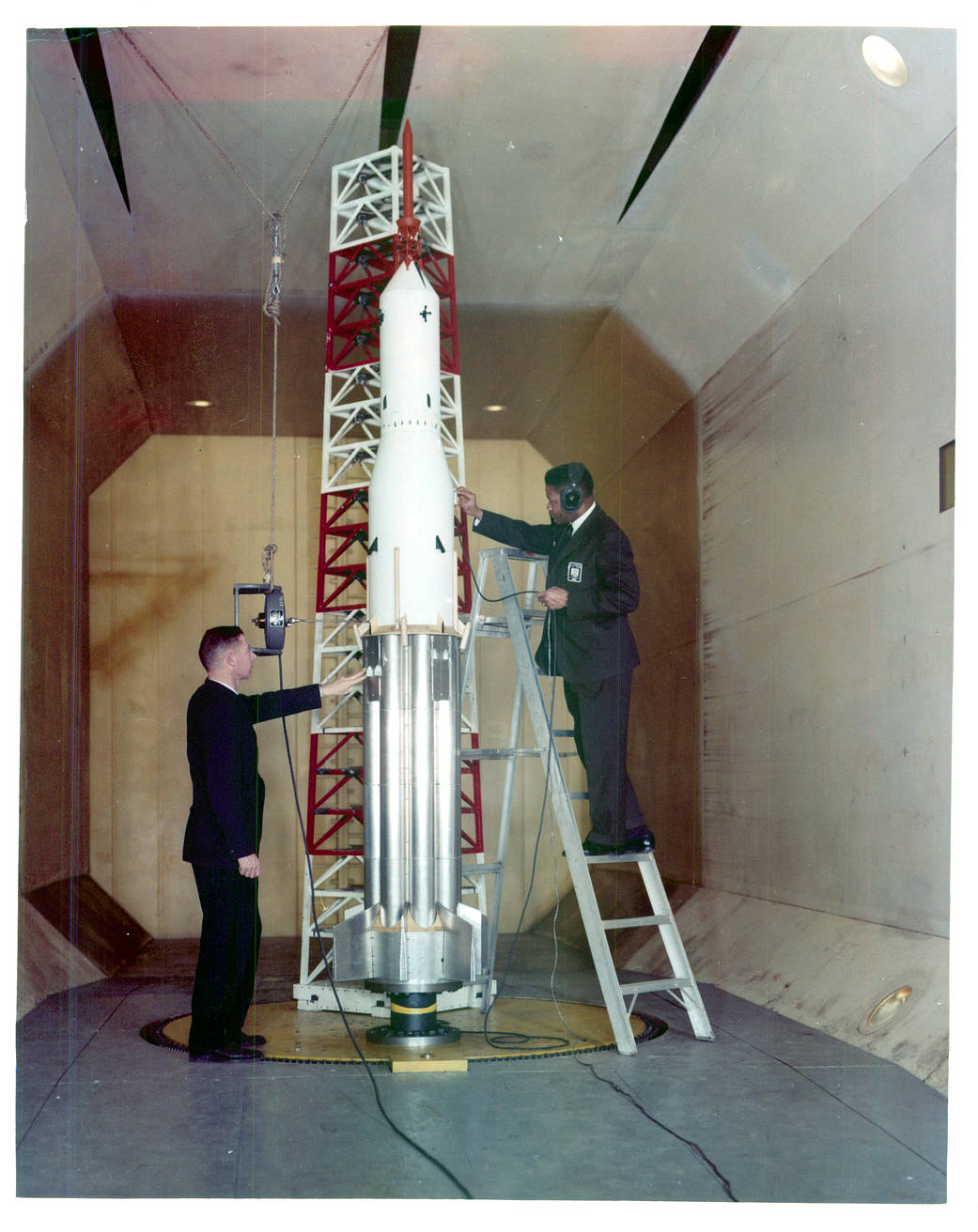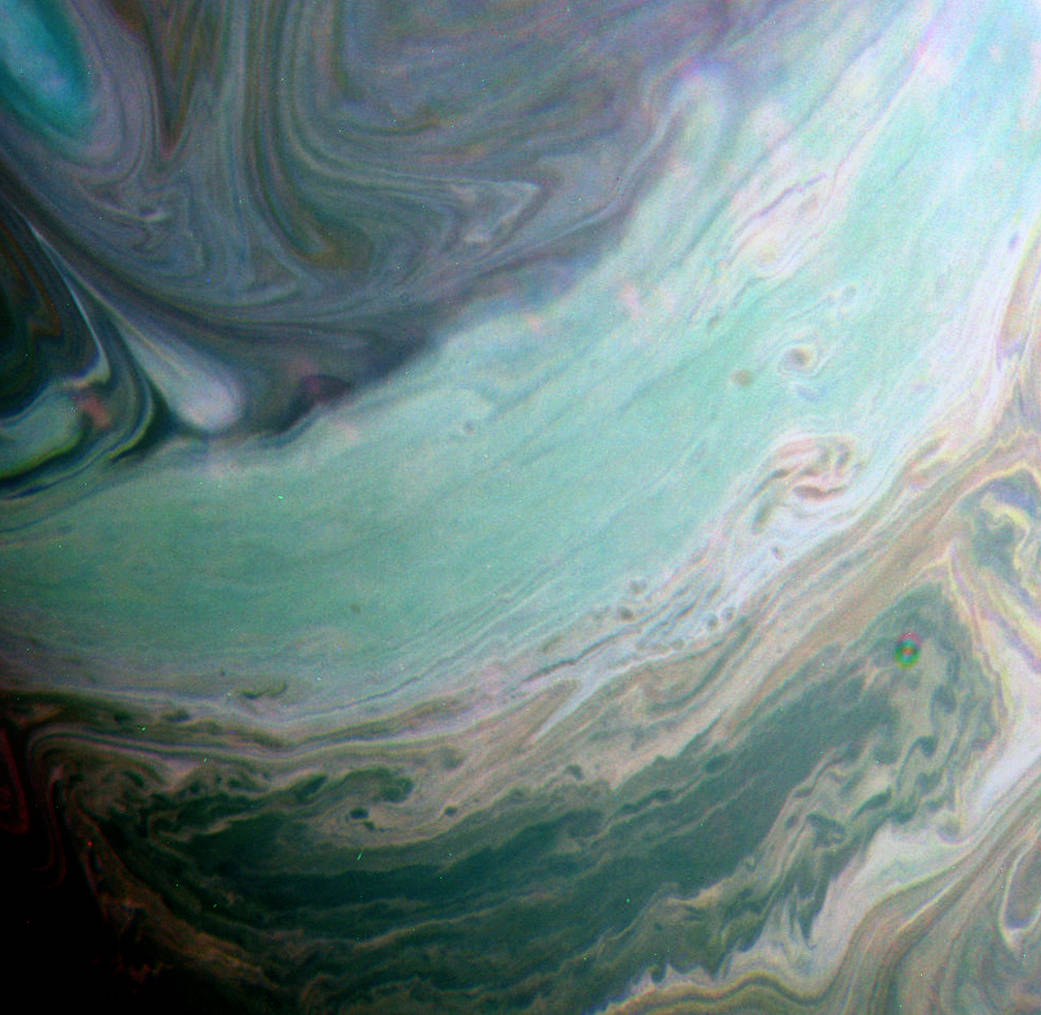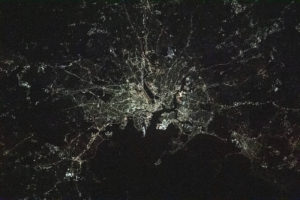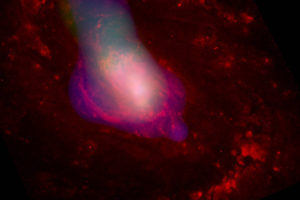NASAの今日の1枚はハッブル宇宙望遠鏡が撮影したJO204です。
JO204は「クラゲ銀河」と言われています。
以下の記事にありますように植物の「つる」の「巻きひげ」のようなものが延びているのが確認できます。
これがクラゲの触手に見えるところから ‘jellyfish galaxy’、つまり「クラゲ銀河」呼ばれています。
クラゲは英語で ‘jellyfish’ です。
クラゲの体はまさにゼリー、なるほどの命名です。
が、クラゲは魚ではありません。
そもそも魚は脊椎動物ですから、脊椎がないクラゲは全く違うと言ってもよいですネ。
クラゲは呼吸器もないし、卵で繁殖もしませんし、口も目もありません。
非常に原始的な無脊椎動物でした。
Hubble Spots a Galaxy with Tendrils
Hubble Spots a Galaxy with Tendrils | NASA
Spiral galaxy with bright core, spiral arms, and a slight surrounds it. Below, strands made of bright blue patches trail down like tentacles. Galaxy is just touched by a second, faint galaxy on left.
This image taken with the NASA/ESA Hubble Space Telescope shows JO204, a ‘jellyfish galaxy’ so named for the bright tendrils of gas that appear in this image as drifting lazily below JO204’s bright central bulk. The galaxy lies almost 600 million light-years away in the constellation Sextans. Hubble observed JO204 as part of a survey performed with the intention of better understanding star formation under extreme conditions.
While the delicate ribbons of gas beneath JO204 may look like floating jellyfish tentacles, they are in fact the outcome of an intense astronomical process known as ram pressure stripping. Ram pressure is a particular type of pressure exerted on a body when it moves relative to a fluid. An intuitive example is the sensation of pressure you experience when you are standing in an intense gust of wind – the wind is a moving fluid, and your body feels pressure from it. An extension of this analogy is that your body will remain whole and coherent, but the more loosely bound things – like your hair and your clothes – will flap in the wind. The same is true for jellyfish galaxies. They experience ram pressure because of their movement against the intergalactic medium that fills the spaces between galaxies in a galaxy cluster. The galaxies experience intense pressure from that movement, and as a result their more loosely bound gas is stripped away. This gas is mostly the colder and denser gas in the galaxy – gas which, when stirred and compressed by the ram pressure, collapses and forms new stars in the jellyfish’s beautiful tendrils.
Text credit: European Space Agency (ESA)
Image credit: ESA/Hubble & NASA; M. Gullieuszik and the GASP team
Media Contact:
Claire Andreoli
NASA’s Goddard Space Flight Center, Greenbelt, MD
claire.andreoli@nasa.gov
Last Updated: Apr 15, 2023
Editor: Andrea Gianopoulos
